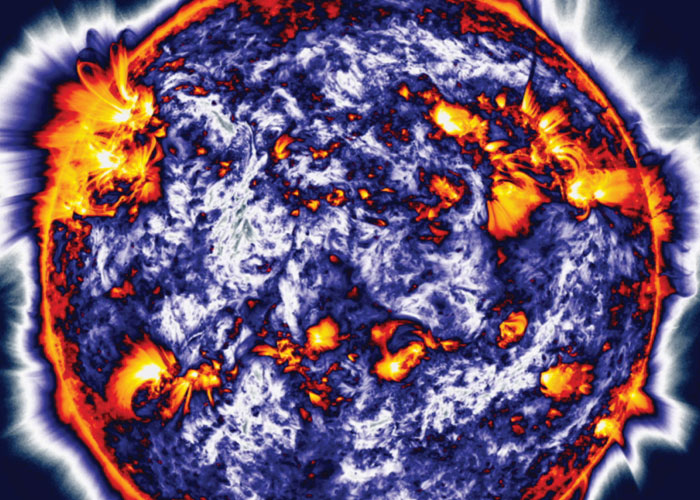Solar NASA’s dynamics observatory has caught a large flare erupting from the sun, Fahrenheit eruption of 10 million degrees is enough to disturb the GPS and more. SDO – which was launched in 2010 – continued to monitor the sun with a trio of instruments, track the output of its energy and magnetic field, and measure the impact of sun changes on earth and other parts of the solar system.
That’s because, while the sun can provide heat and light, it is also able to disturb things on earth too. A strong solar eruption can cause waves of electromagnetic radiation that has an impact or even the overwhelm of GPS, telecommunications, and other satellites.
Finding out how the atmosphere of solar and magnetic fluctuations translated into strong waves has become an important part of the SDO mission. It is also capable of taking pictures of eruptions, such as “significant” solar spoils which according to NASA was observed at 10:29 EDT on July 3, 2021.
Just as the earthquake was judged by their strength on the Richter scale, flares were classified with their x-ray wavelength brightness. The most significant is x-class; Medium-sized M-Class Flare, while class C flares are small. The number is added to show the relative strength in each classification.
Flare on July 3 was assessed as x1.5-class, NASA confirmed, the strongest since 2017. It was far from the most powerful ever observed – back in 2003, for example, the X28 class solar flares were recorded, with coronal mass eruptions at around 5 , 1 million miles per hour – although it is still enough to cause problems for objects in orbit, and briefly interfere with the radio.
Part of the SDO mission, then, is to understand what causes the eruption – and has the potential to develop a more resilient system to hold the effect. Back in March 2021, called the “eruption of Rosetta Stone” was arrested by SDO along with the European Space Agency and Solar Observatory and Heliospheric NASA. It includes three types of sun eruptions that are more common.
“This event is a missing link, where we can see all these aspects of various types of eruptions in a neat little package,” Emily Mason, the leader of the author of the study into the eruption, and a solar scientist at the Goddard NASA flight center in Greenbelt, Maryland, explained. “This encourages the experience that this eruption is caused by the same mechanism, only on a different scale.”
This is important, because it is not only a risky satellite but the potential for future crew missions in the solar system. While the atmosphere of the earth provides a layer of protection for life on the ground, protecting humans, animals, and plants outside the barrier is much more difficult. Indeed, keeping astronauts safe for travel to Mars and its surroundings is one of NASA and other agencies’ main problems when the mission is planned.
While tampering in solar activities is not possible, the hope is better to understand how things like the form of coronal bulk ejection (CMES) will allow for more warning time. That way, astronauts and spacecraft can get valuable preparation time if a large CME is estimated.






